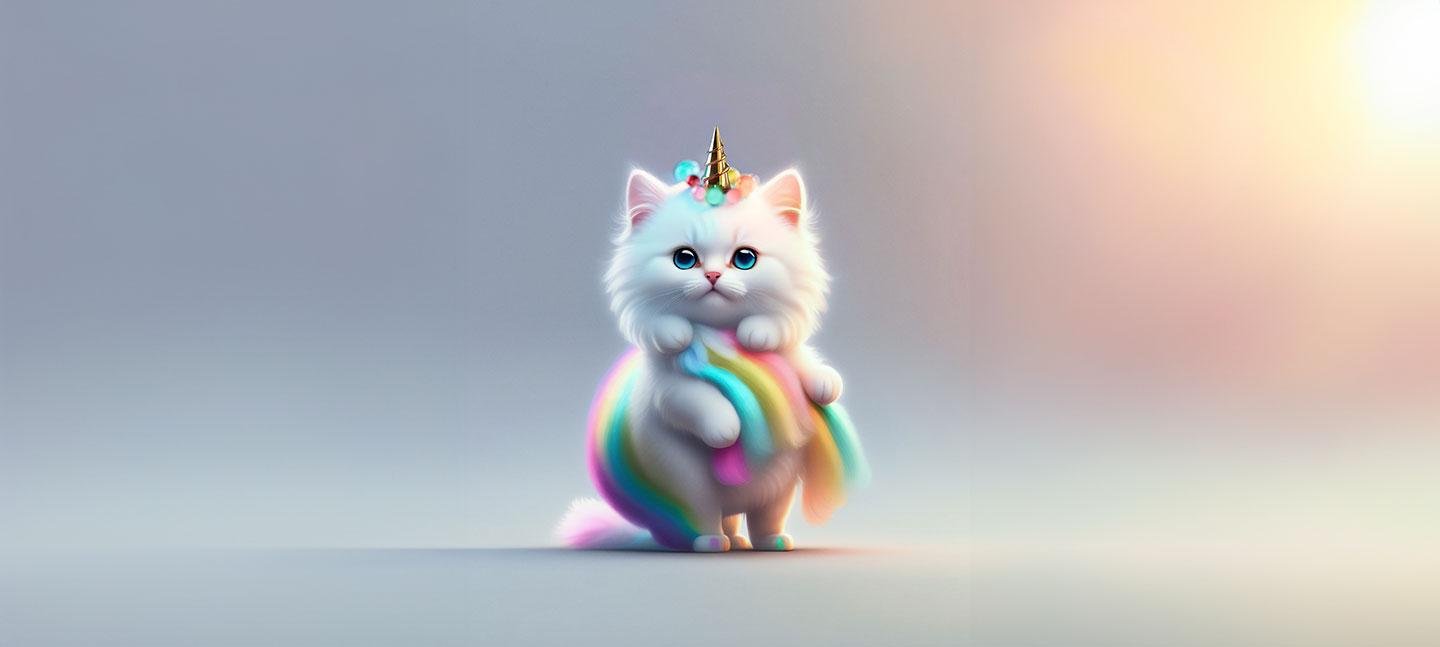In the realm of visual culture, “kawaii” stands out as a unique and captivating phenomenon. Originating from Japan, the term “kawaii” translates to “cute” or “adorable,” but its significance goes far beyond a simple adjective. Kawaii has evolved into a cultural and aesthetic movement that permeates various aspects of life, from fashion and design to entertainment and social media. Central to this movement are “kawaii pictures,” images that embody the essence of cuteness and charm. These pictures have become a universal language of positivity and joy, transcending cultural and linguistic boundaries.
The Origins of Kawaii Culture
The kawaii aesthetic has deep roots in Japanese culture, with its modern incarnation emerging in the 1970s. It began as a trend among young girls who developed a distinct style of handwriting, characterized by rounded, childlike characters adorned with hearts, stars, and other decorative elements. This style, known as “kawaii writing,” quickly spread and became a symbol of youthful rebellion against traditional norms.
As the kawaii trend grew, it was embraced by the commercial world, with companies like Sanrio leading the charge. Sanrio’s creation of Hello Kitty in 1974 marked a significant milestone in the evolution of kawaii culture. Hello Kitty, with her simple yet endearing design, became an international icon and a representation of the kawaii aesthetic. The success of Hello Kitty and other kawaii characters solidified the appeal of cuteness in Japanese society and beyond.
Kawaii Pictures: A Visual Language of Positivity
Kawaii pictures are more than just cute images; they are a form of visual communication that conveys positivity, innocence, and joy. These pictures often feature characters with large eyes, round faces, and exaggerated expressions, all designed to evoke feelings of warmth and affection. The use of pastel colors, soft lines, and playful themes further enhances the sense of cuteness.
In today’s digital age, kawaii pictures have found a natural home on social media platforms. Instagram, Pinterest, and Tumblr are flooded with kawaii images, ranging from illustrations and digital art to photographs of adorable animals and everyday objects with a cute twist. These images are shared and liked by millions, creating a global community of kawaii enthusiasts who appreciate the charm and simplicity of this aesthetic.
One of the reasons kawaii pictures resonate with so many people is their ability to provide a momentary escape from the stresses of everyday life. In a world that can often feel overwhelming, kawaii pictures offer a sense of comfort and happiness. They remind us of the innocence of childhood and the beauty of simple pleasures, encouraging us to embrace a more lighthearted and optimistic outlook.
The Influence of Kawaii in Various Art Forms
The influence of kawaii extends beyond pictures and into various forms of art and design. In fashion, the kawaii aesthetic is evident in the popularity of pastel-colored clothing, oversized sweaters, and accessories adorned with cute motifs. Brands like Lolita fashion and Harajuku street style have embraced kawaii elements, creating looks that are playful, whimsical, and distinctly Japanese.
In the world of digital art, kawaii pictures have inspired countless artists to create works that celebrate the cuteness of everyday life. Illustrators and graphic designers often incorporate kawaii elements into their creations, resulting in art that is both visually appealing and emotionally uplifting. Even in the realm of video games and animation, kawaii characters and themes are prevalent, with franchises like Pokémon and Animal Crossing capturing the hearts of audiences worldwide.
The Global Appeal of Kawaii Pictures
While kawaii culture has its origins in Japan, its appeal is truly global. The universal language of cuteness transcends cultural barriers, making kawaii pictures beloved by people of all ages and backgrounds. Whether it’s a picture of a smiling cat, a chubby-cheeked baby, or a beautifully drawn character, kawaii images have the power to bring people together and spread joy.
In conclusion, kawaii pictures are more than just visually pleasing images—they are a cultural phenomenon that celebrates the art of cuteness. From their origins in Japan to their widespread popularity on social media, kawaii pictures continue to capture the hearts of people around the world. In a time when the world can often feel heavy, these pictures offer a welcome reminder of the beauty and happiness that can be found in the simplest of things.





